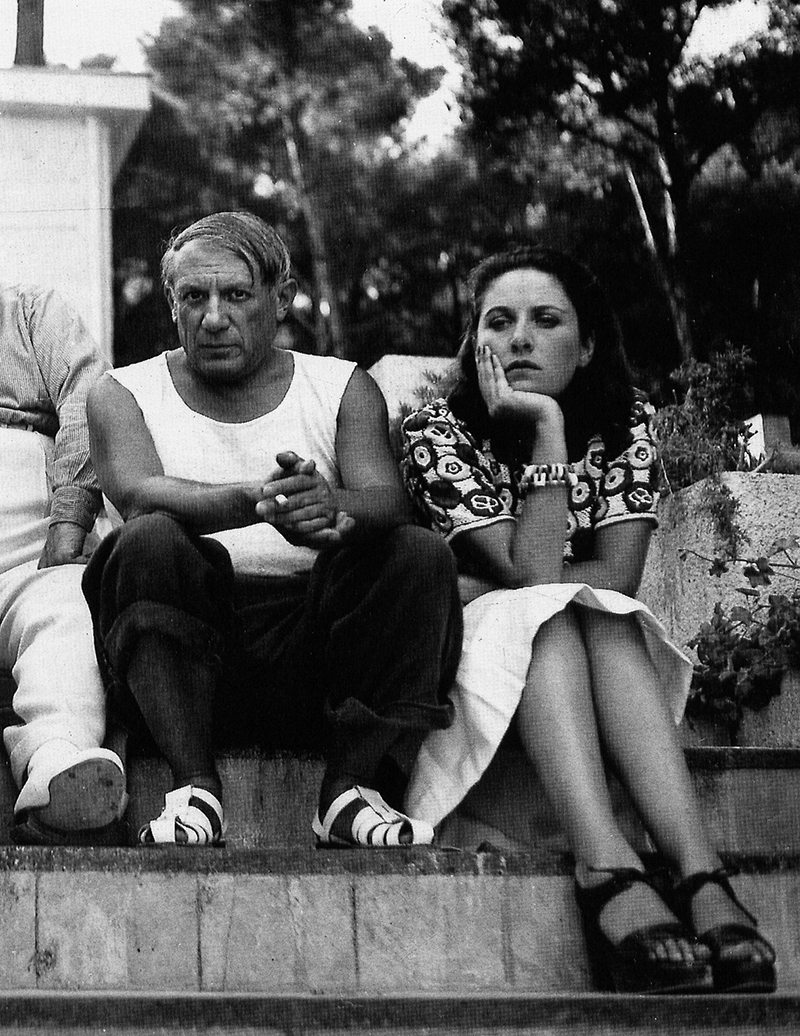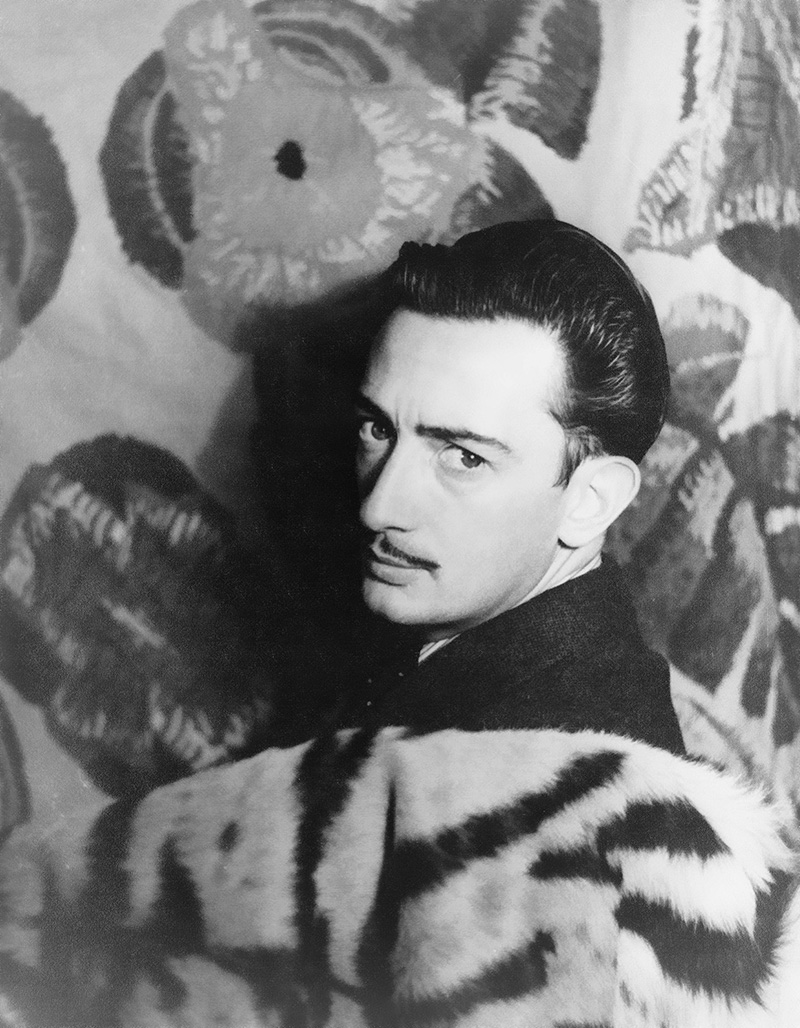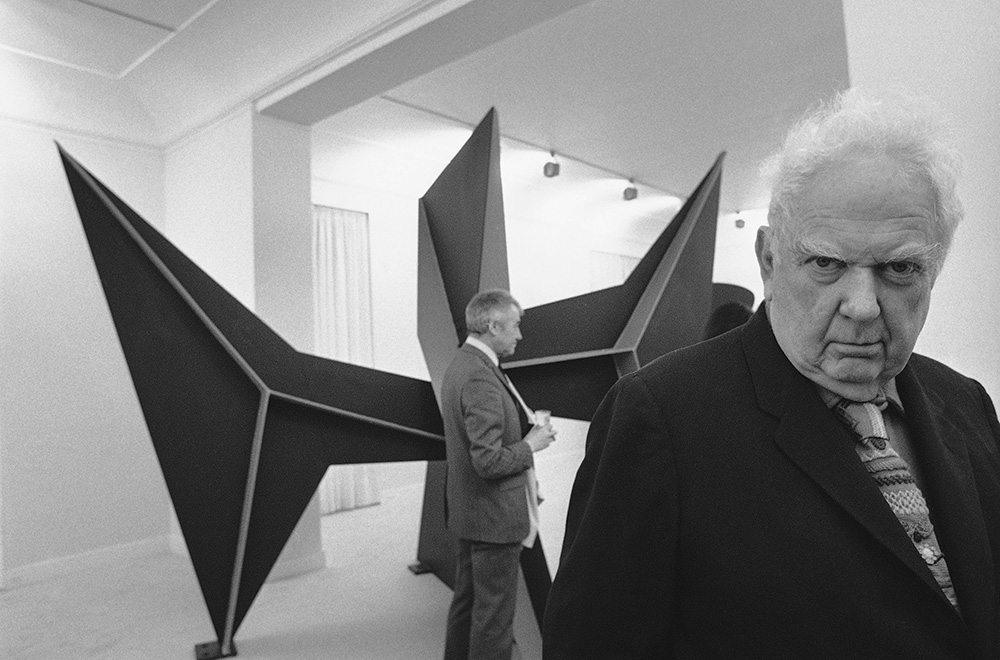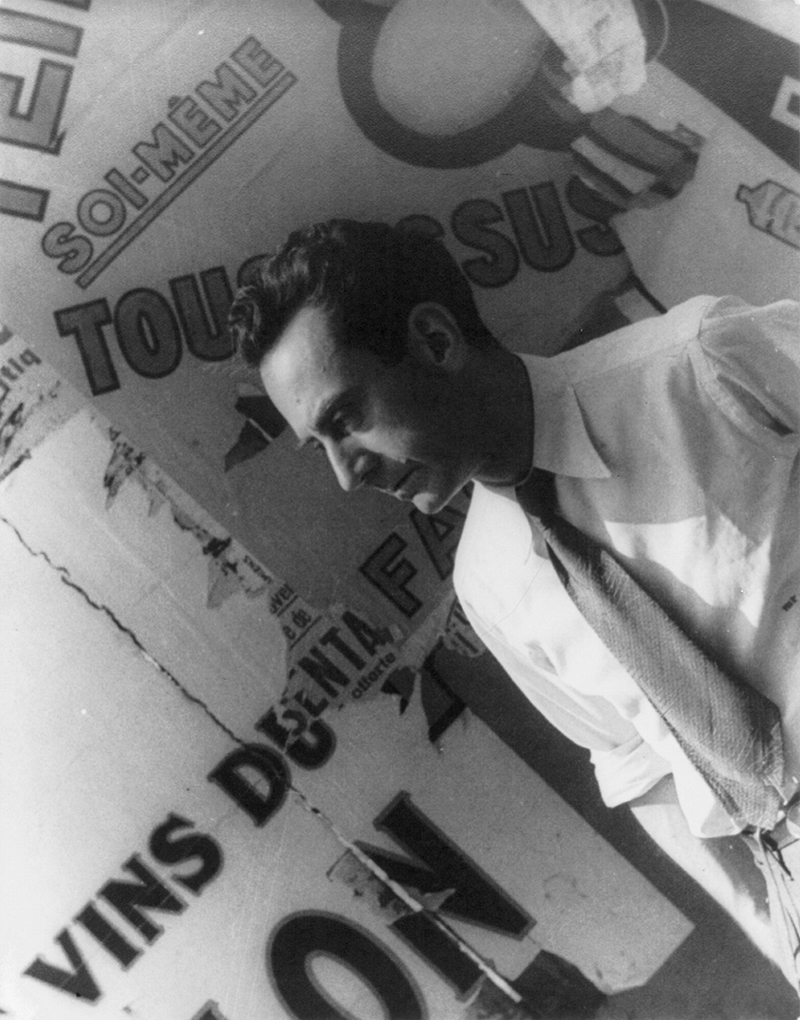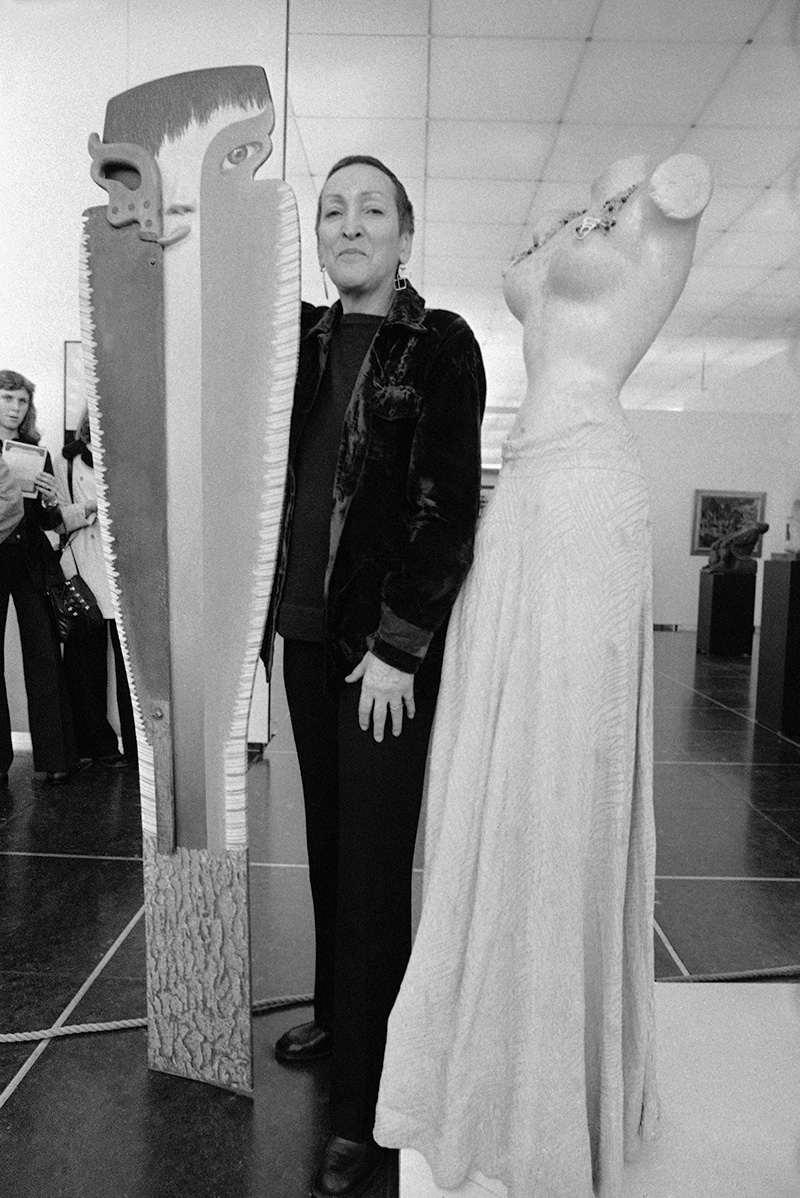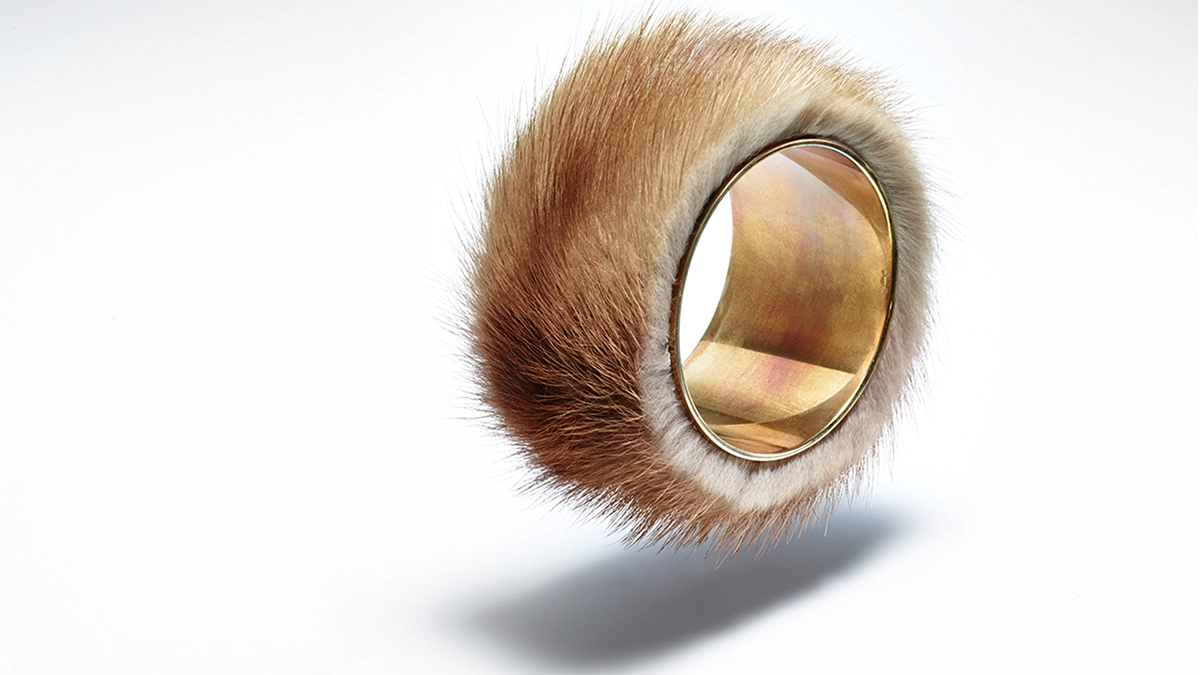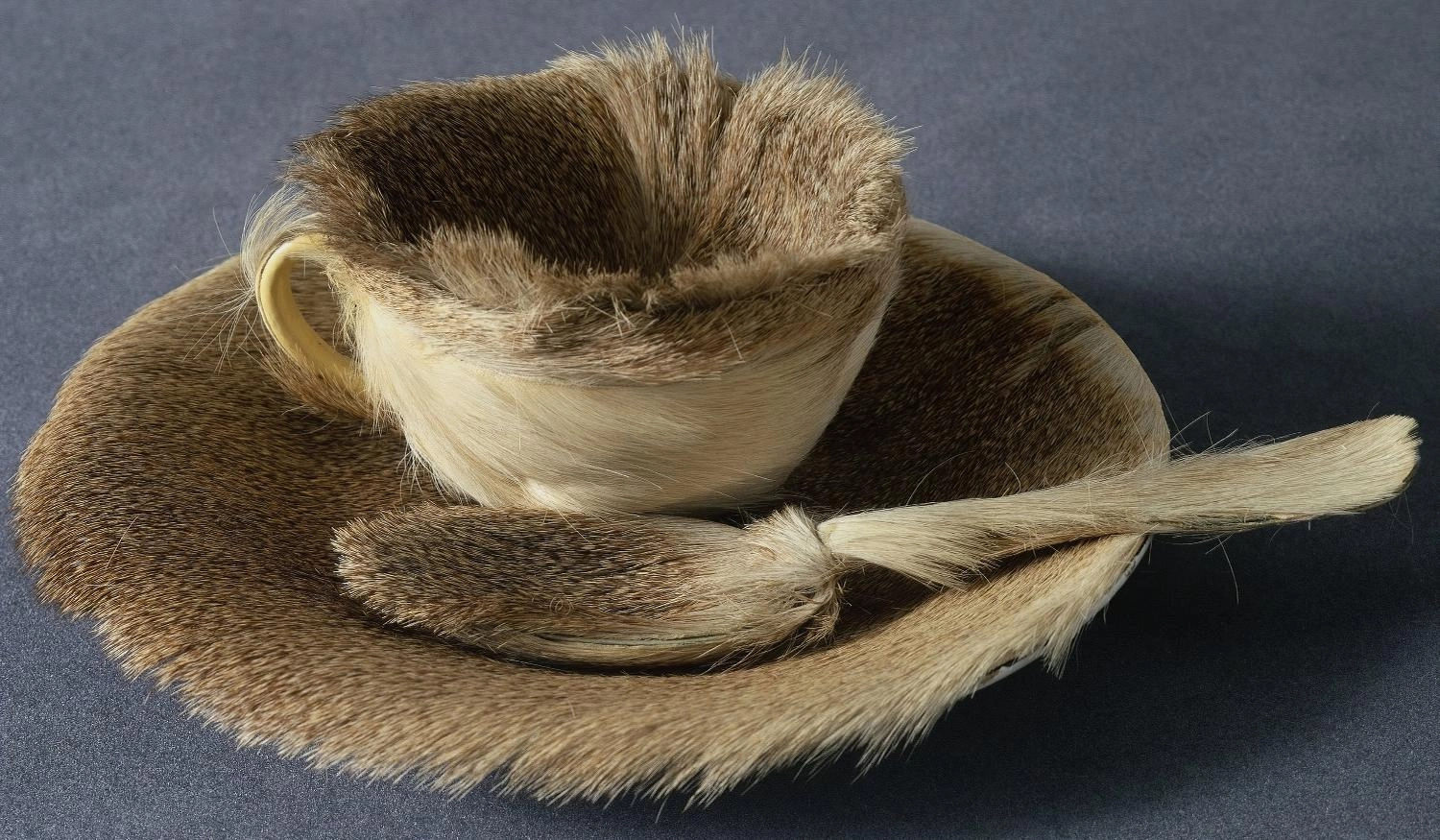Since ancient times, jewelry has been considered pocket art: It is real art that you can carry around with you at all times. When we think of art, we think of paintings and sculptures collecting dust in museums and galleries. But this art lives; it follows its owner everywhere and becomes the focus of attention. No wonder artists were eager to try their hands at jewelry-making. It was not easy money. But it was easy fame. Some of them simply drew sketches and did not actually make the jewelry; instead, they handed their sketches over to craftsmen. Others took things a step further and worked with their hands, making jewelry out of their own designs. Who were the geniuses that explored the jewelry-making world? Whose creations made history?
Text: Elena Titok
Pablo Picasso
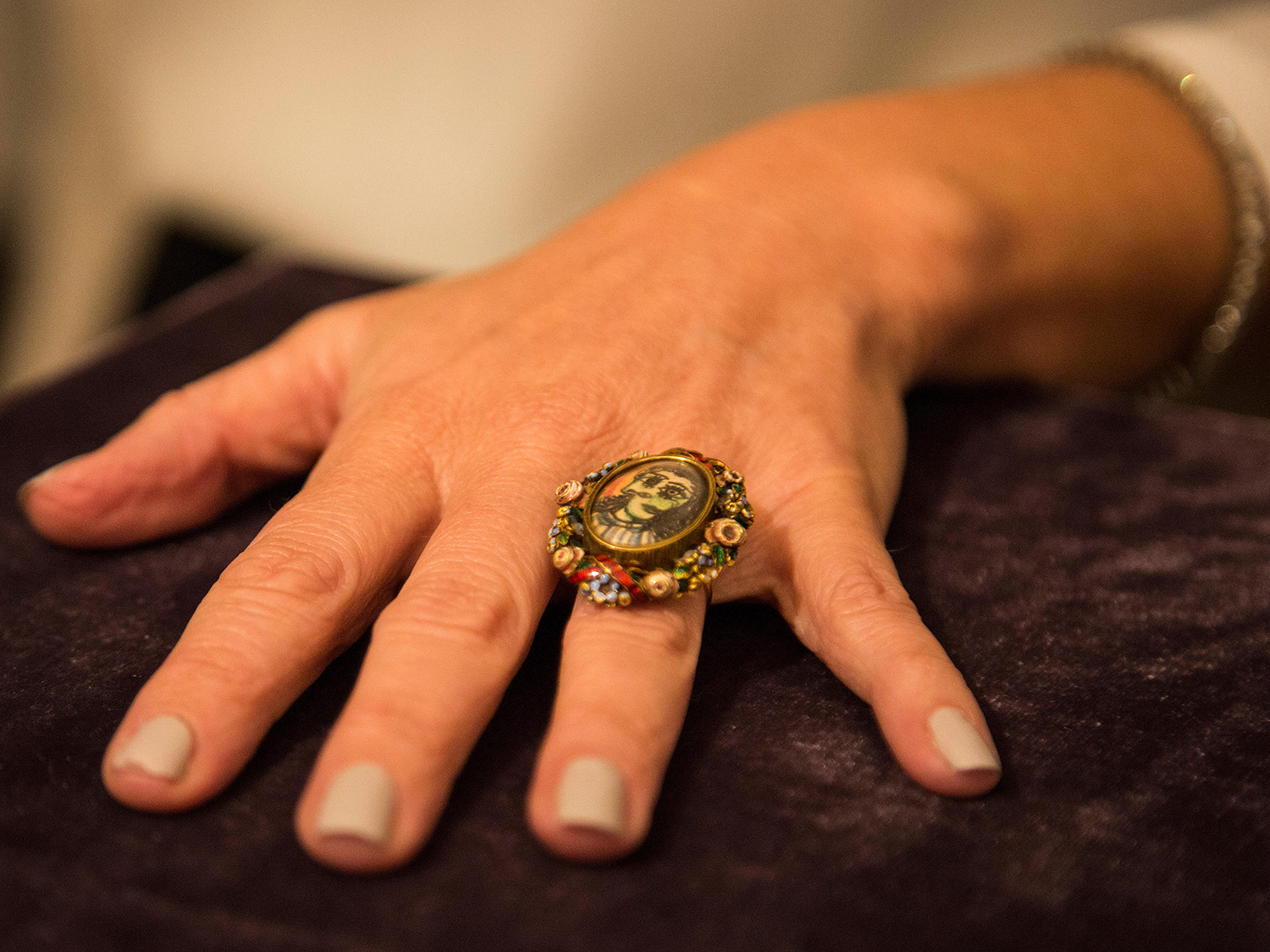
This famous artist loved experimenting with different materials: ceramics, coal, marble. Throughout the entire 20th century, he poured his heart into different works, trying out new ideas. Precious metals and gems were no exception. You might know of his most famous creation, a ring with the portrait of his lover, Dora Maar. One day, they were strolling along the Seine and had a serious fight. It turned out that Dora sold one of Picasso’s paintings for a ruby ring. Picasso could not stand for it. They argued and argued; Dora got angry and impulsively threw her ring into the river. Evidently, Picasso felt remorseful. Ever the creator, he made an apology gift for Dora: a ring he made himself. The exquisite piece was designed to appease his lover after the argument. It features a tiny portrait of Maar in his Cubist mode, set in a metal frame decorated with colorful enamel flowers. The ring remained in Maar’s personal collection until the day she died in 1997. The evocative piece went under the hammer at Sotheby’s auction for almost $740k, one of the record highs in modern history. Dora was Picasso’s muse for other jewelry pieces: he made brooches, earrings, and lockets, all featuring her signature portrait. Most of them went to private collections. If you are curious, visit the Museu Picasso in Barcelona: the museum curators have managed to keep some pieces for the public to admire.
Salvador Dalí
There are about 40 jewelry pieces based on Dalí’s designs. They are, however, unorthodox, and only barely resemble the traditional jewelry we’re used to. His works are surrealist and scary, so only the bravest would dare put them on. What else would you expect from Dalí, though? The artist’s fantasies were brought to life by craftsmen from the American company Alemany & Ertman. Together, they created a truly magical collection. In 1953, he made the ruby and gold Royal Heart brooch. It beats just like a human heart. He dedicated the piece to Elizabeth II’s coronation. But it is not the only queen that is significant to Dalí’s history with jewelry: another queen, Sofia of Greece and Denmark, who was Queen of Spain, wore a replica of the Eye of Time watch brooch on her jacket lapel. You might recognize the soft, or melting, watch from The Persistence of Memory, a famous Dalí painting. He also made the iconic Ruby Lips brooch, in which he reinterpreted the lips and captured them open. The sensual piece was dedicated to the American actress Paulette Goddard, the wife of Charlie Chaplin and Erich Maria Remarque. Full, curving ruby lips with yellow gold are paved with beautiful pearls. You can see these works in the Salvador Dalí Museum in Figueres, Catalonia, Spain, along with his other beautiful creations filled with gems and precious metals.
Jean Cocteau

In 1924, Jean Cocteau, a French artist and movie director, had an idea. He wanted a unique ring where Love, Loyalty, and Friendship all came together, as these are the three essentials of basically any relationship claiming to be sincere. He shared his idea with Louis Cartier, his friend. And so, the famous Trinity ring came to life. You might recognize it instantly—it is one of Cartier’s most famous pieces, after all. The ring boasts three gold bands, each with a different color, joined in an eternal embrace: White Gold for Friendship, Rose Gold for Love, and Yellow Gold for Loyalty. Cocteau had originally planned to give the piece as a wedding gift to Natalia Paley, an actress, Russian princess, and a granddaughter of Alexander II.

Cartier, however, made such an exquisite piece that Cocteau was smitten in an instant. He admired it so much he decided to keep it for himself and wore two on his little finger till the day he died. Natalia was not forgotten, though: she got an exact replica as a wedding gift. The Trinity ring was designed by Cartier almost a century ago. But it is one of those timeless classics that make it one of the most popular, valuable, and highly collectable pieces of jewelry in the world. Couples often use it as an engagement ring. Cartier did not stop there, though; he used the idea to come up with more jewelry pieces, an homage to the original design. He devoted one of his rings, Trinity La Belle, to Jean Cocteau, who authored the idea that brought Cartier worldwide love and admiration. The name is a shout-out to one of Cocteau’s movies, La Belle et La Bête. A tribute to the original iconic design, it features a diamond star, playing off of the artist’s well-known signature.
Alexander Calder
The American sculptor is famous for his wire figures. They are featured all around the world, in different countries and cities. But it was not all about sculptures: he made wire jewelry, too. It had all started back when he was eight, a boy who just wanted to make his sister happy with the earrings and necklaces he had created for her doll. Once a childhood hobby, it grew into the work of his life. Calder drew his inspiration from his travels. Whenever he went someplace amazing, he would make a jewelry piece, for example, mysterious India. His family, who took to calling him “Sandy”, loved his works. His wife, Louisa, was happy to wear such beautiful jewelry. She was not the only one: so were a lot of famous women in the fashion, movie, and political industries, including Peggy Guggenheim, Simone de Beauvoir, and Georgia O’Keeffe. Calder often made jewelry pieces for his close friends, for example, the wives of Marc Chagall and Luis Buñuel. His jewelry was exquisite in its own, unique way; massive and eye-catching, it became synonymous with style and current fashion trends. His pieces were evocative and remarkable, conveying status to the bohemian-leaning art world. They went very cheap when they were first sold, about $5 to $25 a piece, and could be afforded by any lady. Making and selling jewelry became a way for Calder to support his family during the Great Depression while he got established as a sculptor. He then switched to silver from brass and steel. The jewelry rose in price accordingly, going as high as hundreds of thousands of dollars today. He made thousands of pieces, not one of them alike.
Man Ray
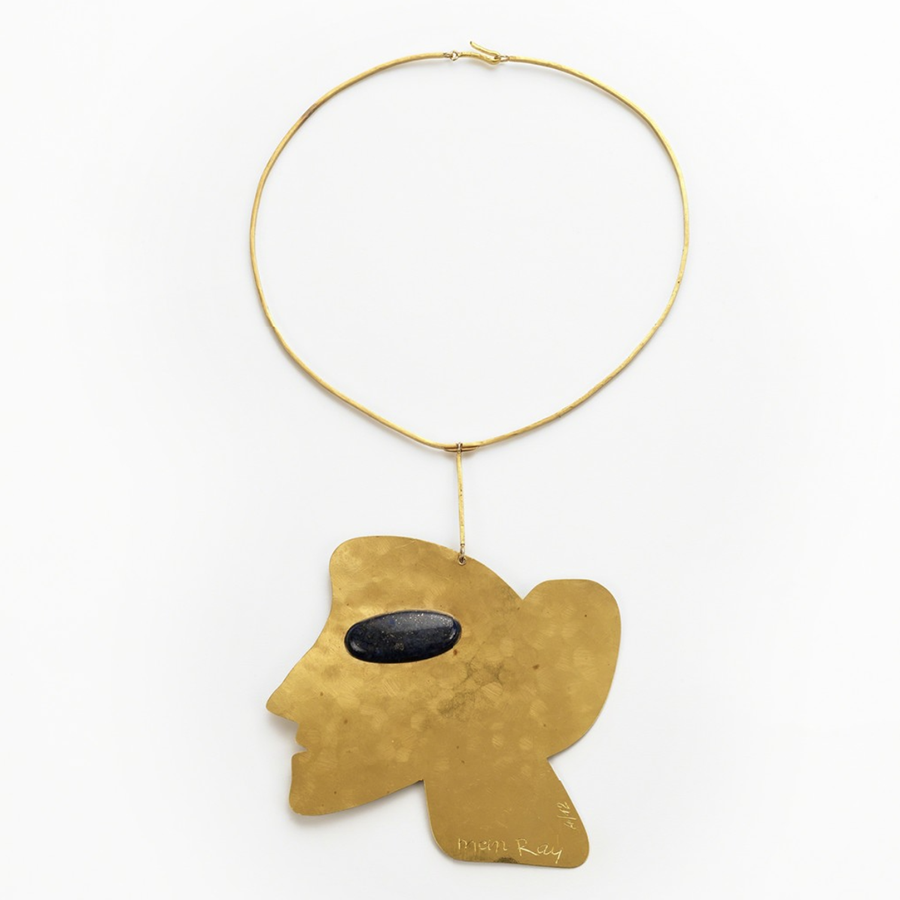
Contemporary art lovers may have gasped upon reading the name of this artist and photographer just now. And they would be absolutely right: this is one of the most influential people in twentieth-century art. He is considered the founder of airbrushing, a new artistic technique. But that is not all that he is famous for. Apart from paintings and surrealist photography, he made jewelry. His contemporaries claimed that he could turn anything into a masterpiece and transform it into art. He conceptualized his first jewelry piece at the 1961 International Exhibition of Modern Jewelry, held at Goldsmiths’ Hall in London. It was called La Jolie, an allusion to his wife, Juliet, made into a beautiful pendant. Ray worked closely with GianCarlo Montebello, an Italian jeweler and artist, who helped realize all his creative ideas. Today, La Jolie costs between $20k and $30k, with a total edition of 12 pieces.
Meret Oppenheim
If we talk about Man Ray, it would be wise to mention Meret Oppenheim, his sister in spirit and close friend. She was a surrealist painter. So it should come as no surprise that back in 1936, she had a fascinating idea to create a metal bracelet covered with fur. She relayed that idea to Elsa Schiaparelli, a fashion designer. Schiaparelli thought the idea was beyond fantastic. She made the fur bracelet part of her collection that winter.
Oppenheim loved showing off her creations in public. Legend has it that shortly afterwards, she wore her fur bracelet to Café de Flore in Paris, an iconic place where you could meet a lot of artists and creators. She ran into Pablo Picasso, who was in awe of her piece. He was so impressed he said you could cover anything with fur, and it would look amazing. Even a teacup and a saucer on the table in front of him. You did not need to tell Meret twice; she went to a nearby store and bought a spoon, a saucer, and a teacup. Then she attached gazelle fur to all three. And these dishes have become famous since then, an art symbol of the 20th century, created at random, by pure chance. If you are curious, come by the Museum of Modern Art in New York—you can enjoy the dishes there, in all of their glory.
These days, people are discovering ways to make art and paintings wearable. It has been going on for years, and the trend is not going to subside any time soon. Love unique jewelry? You will have no trouble finding a balloon dog inspired by Jeff Koons’ sculpture or a Mondrian inspired by Piet Mondrian’s painting Rhombus with Four Lines and Gray. They might not become treasured pieces of art because they have nothing to do with the original authors. But think about this: if you wear these pieces, everyone will think you are a contemporary art lover. And isn’t that a wonderful vibe to give off?


